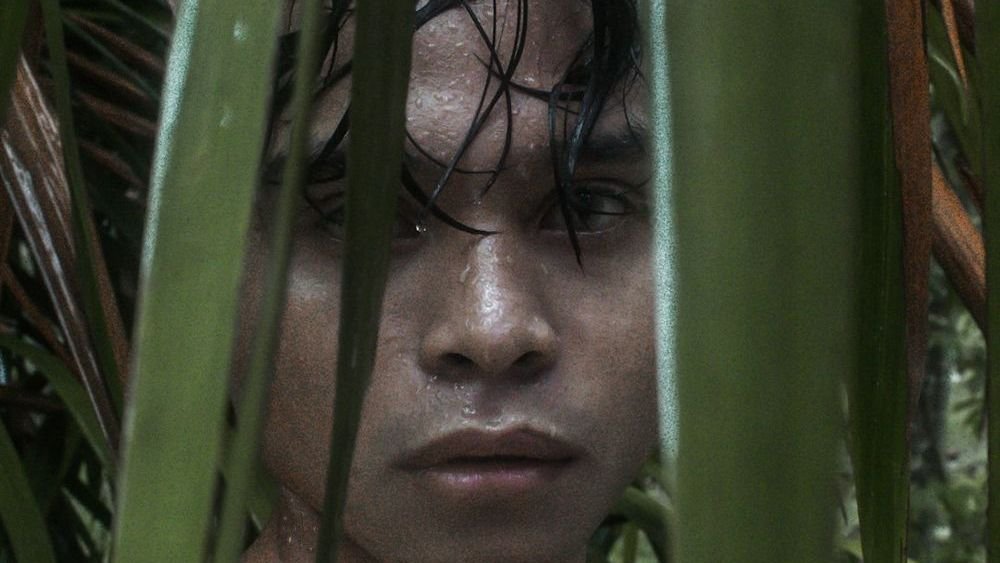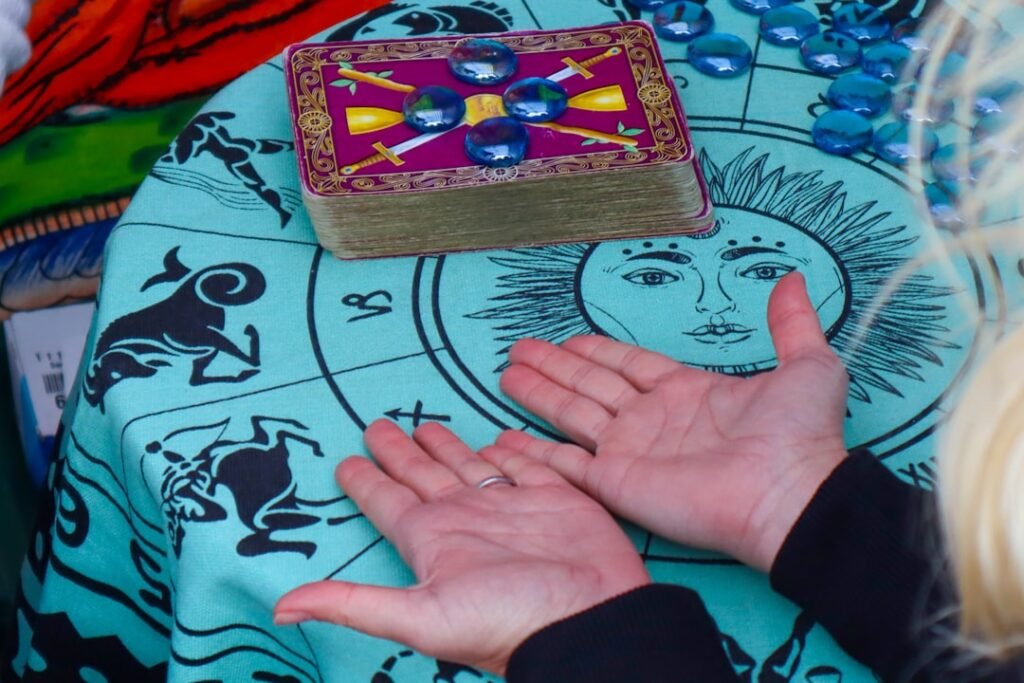Imagine walking through a forest at night, shining a blacklight on the trees and flowers around you. Suddenly, the darkness explodes with electric blues, vibrant greens, and shocking reds that seem to pulse with an otherworldly energy. This isn’t science fiction – it’s the hidden world of plant fluorescence, a phenomenon that reveals secrets invisible to our naked eyes. What you’re witnessing is nature’s own light show, one that’s been happening for millions of years while we remained completely unaware.
The Science Behind Nature’s Hidden Light Show
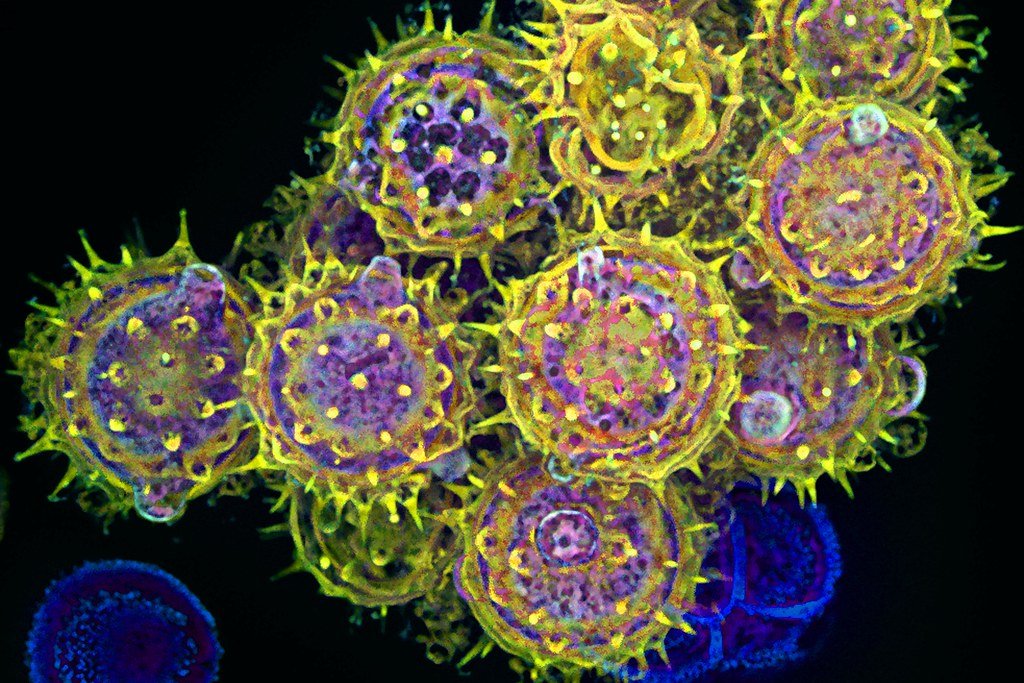
Plant fluorescence occurs when certain molecules absorb ultraviolet light and immediately re-emit it as visible light at longer wavelengths. Think of it like a molecular trampoline – UV light bounces off specific compounds in plant tissues and transforms into the colorful glow we can see. The process happens in microseconds, creating an instant light display that would make any nightclub jealous. This isn’t just a cool party trick; it’s a fundamental aspect of how plants interact with their environment. Scientists have discovered that this fluorescence can reveal everything from a plant’s health status to its evolutionary adaptations.
Chlorophyll’s Secret Double Life
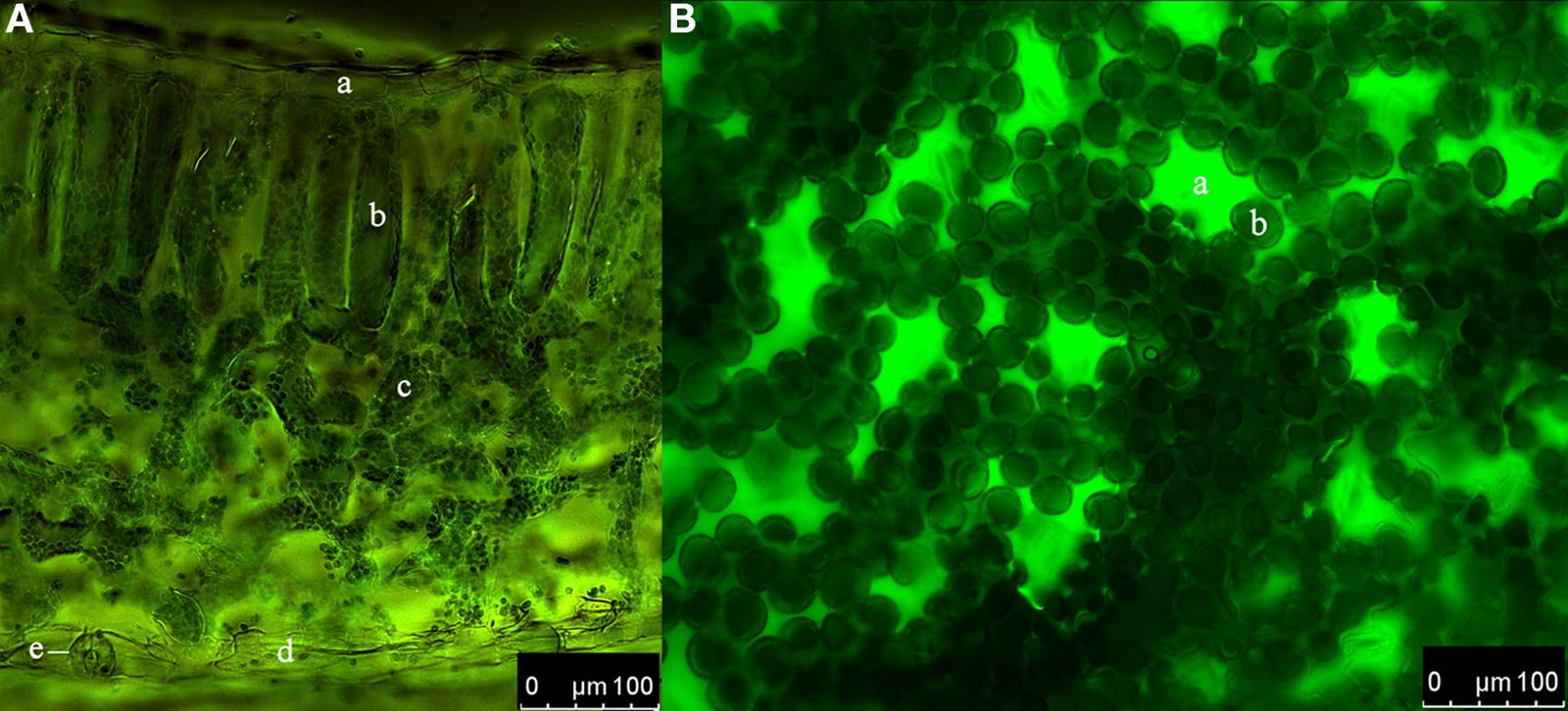
Everyone knows chlorophyll makes plants green, but few realize it’s also responsible for one of nature’s most spectacular light shows. Under UV light, chlorophyll fluoresces a deep red color that’s invisible during normal daylight hours. This red fluorescence is actually a byproduct of photosynthesis – when chlorophyll gets overwhelmed by too much light energy, it releases some of that excess as fluorescent light. It’s like a pressure release valve for the plant’s energy system. The intensity of this red glow can tell scientists exactly how efficiently a plant is photosynthesizing, making it a powerful tool for studying plant health and stress levels. Healthy plants typically show moderate red fluorescence, while stressed plants might glow brighter as they struggle to process light energy.
When Flowers Become Living Neon Signs
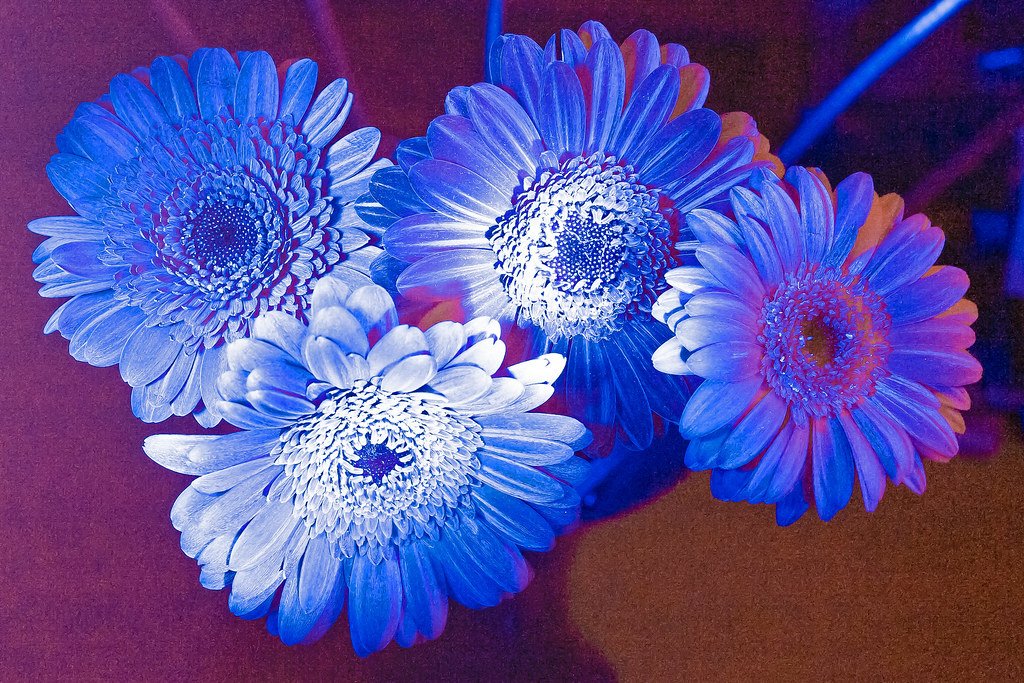
Some of the most dramatic fluorescence displays come from flowers, which often look completely different under UV light than they do in regular sunlight. Many white and yellow flowers transform into brilliant blues and greens that seem to radiate their own inner light. Petunias, for example, can shift from pale pink to electric blue, while some daisies reveal intricate patterns that are completely invisible to human eyes. This transformation isn’t random – it’s often part of sophisticated communication systems between plants and their pollinators. The fluorescent patterns act like runway lights at an airport, guiding bees and other insects to the exact spots where nectar and pollen await. What looks like a simple white flower to us might appear as a complex, glowing target to a bee’s UV-sensitive vision.
The Bark Chronicles: Trees Tell Their Stories Through Light

Tree bark often produces some of the most surprising fluorescent displays, with colors ranging from bright green to intense orange and yellow. Paper birch bark, for instance, glows with an ethereal yellow-green light that makes the entire tree look like it’s been outlined with a highlighter. This fluorescence comes from various compounds in the bark, including lignins and other protective chemicals that help the tree defend against diseases and pests. The intensity and color of bark fluorescence can change with the seasons, the tree’s age, and even its stress levels. Foresters and arborists are beginning to use UV photography to assess tree health, since changes in fluorescence patterns can indicate disease or environmental stress long before visible symptoms appear.
Mushrooms and Fungi: The Underground Light Network

While not technically plants, fungi deserve special mention for their incredible fluorescent properties that often surpass even the most colorful flowers. Many mushrooms glow with intense blues, greens, and yellows under UV light, creating displays that look more like alien landscapes than earthly organisms. Some species of Amanita mushrooms transform from ordinary-looking specimens into glowing beacons that seem to pulse with inner fire. The fluorescent compounds in fungi serve various purposes, from attracting insects for spore dispersal to potentially deterring predators. Scientists are still unraveling the complex chemistry behind fungal fluorescence, but they’ve already discovered that these glowing compounds could have applications in medicine and biotechnology. The underground fungal networks that connect forest trees also show remarkable fluorescent properties, revealing the hidden communication highways that link entire ecosystems.
Leaves That Glow: Photosynthesis Under a Different Light

Regular green leaves might seem boring under normal light, but UV illumination reveals a complex world of fluorescent activity happening within every leaf. The red fluorescence from chlorophyll creates stunning patterns that follow the leaf’s vein structure, making each leaf look like a glowing road map. Young leaves often fluoresce differently than older ones, with tender new growth showing brighter, more intense colors. Autumn leaves can be particularly spectacular, as the breakdown of chlorophyll and the concentration of other pigments creates unique fluorescent signatures. Scientists use these fluorescent patterns to study how plants distribute nutrients, transport water, and respond to environmental stresses. A leaf’s fluorescent “fingerprint” can reveal its species, age, health status, and even the conditions where it grew.
Fruits in Fluorescent Fashion

Many fruits undergo dramatic transformations under UV light, often revealing patterns and colors that have nothing to do with their normal appearance. Bananas, which look yellow in regular light, can glow blue-green under UV, with the intensity changing as the fruit ripens. Citrus fruits often show bright green or blue fluorescence from compounds in their peels, while grapes might reveal intricate patterns that map to their sugar content. These fluorescent properties aren’t just curiosities – they’re being used by fruit growers and quality control specialists to assess ripeness, detect diseases, and sort produce. The fluorescent signals can reveal internal fruit quality without damaging the fruit, making it a valuable tool for commercial agriculture. Some researchers are even developing fluorescent markers that could help identify the nutritional content of fruits and vegetables.
The Evolutionary Advantage of Glowing Plants

The ability to fluoresce didn’t evolve by accident – it serves important survival functions that have been refined over millions of years of evolution. For many plants, fluorescence is part of sophisticated signaling systems that help them communicate with pollinators, warn off herbivores, or even coordinate with other plants. Some flowers use fluorescent patterns to create “false targets” that confuse insects into visiting multiple flowers, increasing cross-pollination rates. Other plants might use fluorescence as a way to dissipate excess light energy that could otherwise damage their delicate photosynthetic machinery. The evolutionary pressure to develop these fluorescent abilities suggests they provide significant survival advantages. Plants that can effectively manage light energy and communicate with their environment are more likely to reproduce successfully and pass on their fluorescent traits to future generations.
How UV Vision Changes Everything for Pollinators

While humans can only see a narrow range of the light spectrum, many pollinators like bees, butterflies, and hummingbirds can see well into the UV range. This means they experience a completely different visual world where flowers that look plain to us reveal intricate patterns, landing strips, and navigation aids. A simple white daisy might appear to a bee as a complex flower with UV-absorbing centers and fluorescent petals that create a bullseye pattern pointing directly to the nectar. These UV patterns are so important to plant-pollinator relationships that many flowers have evolved specific fluorescent compounds just to create the right visual signals. Some orchids even mimic the UV patterns of female insects to attract male pollinators in elaborate deception strategies. Understanding these fluorescent communication systems helps explain the incredible diversity and complexity of flowering plants and their relationships with animal partners.
Stress Signals: What Plant Fluorescence Reveals About Health

One of the most practical applications of plant fluorescence is as a diagnostic tool for plant health and stress detection. When plants are under stress from drought, disease, nutrient deficiency, or environmental toxins, their fluorescent signatures often change in predictable ways. Stressed plants might show increased red fluorescence as their photosynthetic systems become overwhelmed, or they might develop new fluorescent compounds as part of their defense responses. Farmers and researchers are developing fluorescent imaging systems that can detect crop diseases and nutrient deficiencies weeks before they become visible to the naked eye. This early warning system could revolutionize agriculture by allowing for targeted treatments that prevent crop losses. The fluorescent patterns can be so specific that scientists can often identify the exact type of stress a plant is experiencing just by analyzing its glow under UV light.
Seasonal Changes in Plant Fluorescence

Plant fluorescence isn’t static – it changes dramatically throughout the seasons as plants adapt to varying light conditions, temperatures, and growth phases. Spring brings intense fluorescent displays as new growth emerges, with young leaves and fresh flowers often showing the brightest and most varied colors. Summer fluorescence tends to be more subdued as plants focus their energy on photosynthesis and growth rather than producing fluorescent compounds. Fall creates some of the most spectacular displays as chlorophyll breaks down and other pigments become concentrated, leading to unique fluorescent combinations that mirror the visible autumn colors. Winter reveals the fluorescent properties of bark, evergreen needles, and dormant structures that remain active even when most plant activity has ceased. These seasonal patterns help scientists understand how plants allocate their resources and adapt to changing environmental conditions throughout the year.
Geographic Variations in Fluorescent Plant Life

Plants from different geographic regions often show distinct fluorescent characteristics that reflect their evolutionary adaptations to local environments. Tropical plants, exposed to intense UV radiation year-round, often have highly developed fluorescent systems that help them manage excess light energy and communicate in the bright, competitive environment. Desert plants might use fluorescence as part of their water conservation strategies, with some succulents showing fluorescent patterns that correlate with their water storage capabilities. Arctic and alpine plants, dealing with extreme seasonal light variations, often have unique fluorescent adaptations that help them maximize photosynthesis during brief growing seasons. These geographic patterns in plant fluorescence provide insights into how different species have adapted to their local conditions. Scientists studying climate change are using these fluorescent signatures to track how plants are responding to shifting environmental conditions and migrating to new regions.
The Role of Fluorescence in Plant Defense Systems

Many plants use fluorescent compounds as part of their chemical warfare against herbivores, pathogens, and competing plants. Some fluorescent molecules are toxic or bitter, serving as warning signals to potential predators that the plant is dangerous to eat. Other plants produce fluorescent compounds that can generate harmful reactive oxygen species when exposed to light, creating a defensive mechanism that becomes more powerful in bright sunlight. Certain fluorescent chemicals can also interfere with the nervous systems of insects, causing confusion or deterring feeding behavior. These defense-related fluorescent compounds often accumulate in the most vulnerable parts of plants, such as young leaves, flowers, and fruits. The fluorescent defense systems are so sophisticated that some plants can actually increase their production of these compounds in response to herbivore attacks, creating a dynamic defense system that adapts to threats in real-time.
Laboratory Applications of Plant Fluorescence

Scientists and researchers have developed numerous laboratory applications for plant fluorescence that extend far beyond basic botanical studies. Fluorescent imaging is now a standard tool for studying photosynthesis efficiency, allowing researchers to measure how effectively different plant varieties convert light into chemical energy. Agricultural researchers use fluorescent techniques to develop drought-resistant crops by identifying plants that maintain efficient photosynthesis under water stress. Environmental scientists employ fluorescent analysis to study pollution effects on vegetation, since many toxins alter plants’ fluorescent signatures in characteristic ways. Genetic engineers are even creating plants with enhanced fluorescent properties for research purposes, developing living sensors that can detect environmental conditions or indicate the presence of specific chemicals. These laboratory applications are leading to breakthrough discoveries in plant biology and helping develop new technologies for agriculture and environmental monitoring.
Photographing the Invisible: UV Photography Techniques

Capturing plant fluorescence requires specialized photography techniques that can reveal the invisible world of UV-induced glow. Professional UV photography typically involves modified cameras with UV-transparent filters and powerful UV light sources that can illuminate subjects without causing damage. The key to successful fluorescent plant photography is controlling the lighting environment to eliminate visible light while maximizing UV exposure. Many photographers use long exposure techniques to capture the subtle fluorescent emissions, creating images that reveal patterns and colors completely invisible to normal photography. Digital processing techniques can enhance and isolate specific fluorescent colors, allowing photographers to create artistic interpretations of the scientific data. These photographic techniques are becoming increasingly important for scientific documentation, educational materials, and artistic expression that bridges the gap between science and art.
Medical and Pharmaceutical Applications of Plant Fluorescence

The fluorescent compounds found in plants are proving valuable for medical and pharmaceutical applications, with researchers identifying fluorescent molecules that could become new drugs or diagnostic tools. Some plant fluorescent compounds show promise as cancer markers, glowing when they bind to specific types of tumor cells. Others are being developed as fluorescent tags for medical imaging, allowing doctors to track the movement of drugs through the body or visualize internal organs and tissues. Traditional medicines from many cultures have used fluorescent plants for healing, and modern science is now discovering the biochemical basis for these traditional uses. Pharmaceutical companies are screening thousands of fluorescent plant compounds for potential medical applications, leading to new drug discoveries and treatment methods. The unique properties of plant fluorescent molecules make them particularly suitable for applications requiring biocompatibility and low toxicity.
Environmental Monitoring Through Plant Fluorescence
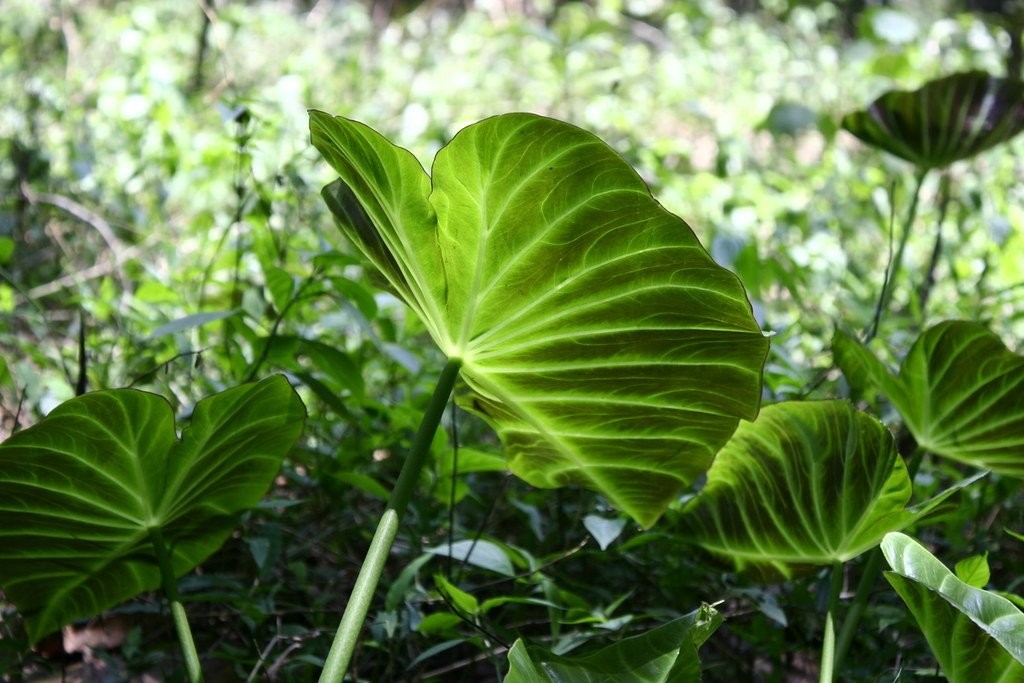
Plant fluorescence is becoming an increasingly important tool for environmental monitoring and pollution detection, as different types of environmental stress create characteristic changes in fluorescent patterns. Air pollution often alters the fluorescent signatures of plants in predictable ways, allowing scientists to use vegetation as living pollution detectors. Water contamination can be detected by analyzing the fluorescent properties of aquatic plants and algae, which respond quickly to changes in water quality. Soil contamination from heavy metals or industrial chemicals often shows up as altered fluorescent patterns in plants growing in affected areas. Climate change researchers are using fluorescent monitoring to track how rising temperatures and changing precipitation patterns affect plant communities across different ecosystems. These environmental applications of plant fluorescence provide early warning systems for ecological problems and help scientists understand how human activities are affecting the natural world.
The Future of Fluorescent Plant Research

The study of plant fluorescence is rapidly expanding as new technologies make it easier to detect, measure, and analyze these hidden light displays. Advanced spectroscopic techniques are revealing fluorescent compounds that were previously unknown, opening up new areas of research and potential applications. Artificial intelligence and machine learning are being used to analyze complex fluorescent patterns, identifying subtle changes that might indicate disease, stress, or environmental damage. Genetic engineering techniques are allowing scientists to enhance or modify plant fluorescent properties, creating new varieties with improved stress resistance or enhanced communication abilities with pollinators. Space agencies are even studying plant fluorescence as a potential tool for detecting life on other planets, since fluorescent signatures might be detectable from satellite or spacecraft observations. The future of fluorescent plant research promises to reveal even more secrets about how plants interact with their environment and how we can use this knowledge to address challenges in agriculture, medicine, and environmental protection.
Conservation Implications of Fluorescent Plant Studies
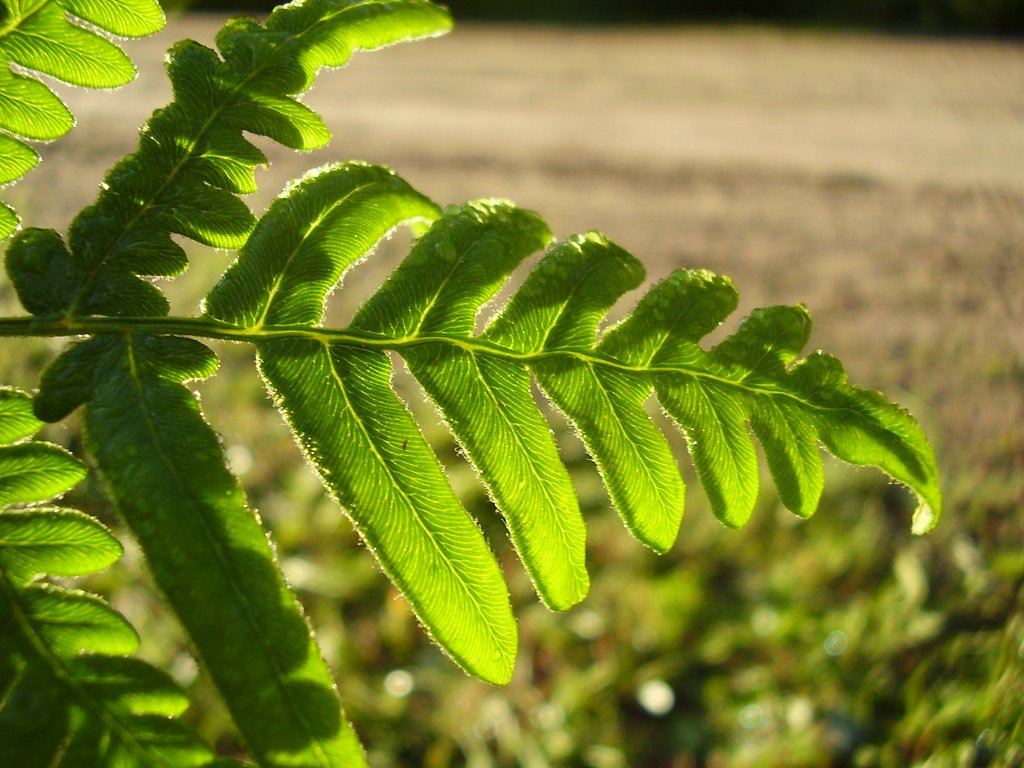
Understanding plant fluorescence is providing new insights into conservation biology and helping protect endangered plant species and ecosystems. Many rare plants have unique fluorescent signatures that can help scientists identify and monitor populations in the wild, even when the plants are difficult to distinguish by visual characteristics alone. Fluorescent analysis is revealing how habitat destruction and climate change are affecting plant communities at the molecular level, providing early warnings about ecosystem degradation. Conservation botanists are using fluorescent techniques to assess the health of endangered plant populations and develop more effective protection strategies. Some fluorescent plant compounds are proving to be indicators of ecosystem health, with changes in fluorescent patterns signaling broader environmental problems that might affect entire communities of plants and animals. These conservation applications of fluorescent plant research are helping preserve biodiversity and protect critical ecosystems for future generations.
The hidden world of plant fluorescence reveals nature’s incredible complexity and sophistication in ways that continue to surprise and inspire scientists. From the molecular mechanisms that create these glowing displays to the practical applications in medicine, agriculture, and environmental monitoring, plant fluorescence represents a frontier of scientific discovery that bridges multiple disciplines. As our tools for detecting and analyzing fluorescence become more sophisticated, we’re uncovering secrets that plants have been keeping for millions of years, secrets that could hold keys to solving some of humanity’s greatest challenges. The next time you see a flower or tree, remember that there’s an entire world of light and color hiding just beyond the edge of human vision, waiting to be discovered. What other secrets might be glowing in the darkness, just waiting for the right light to reveal them?


